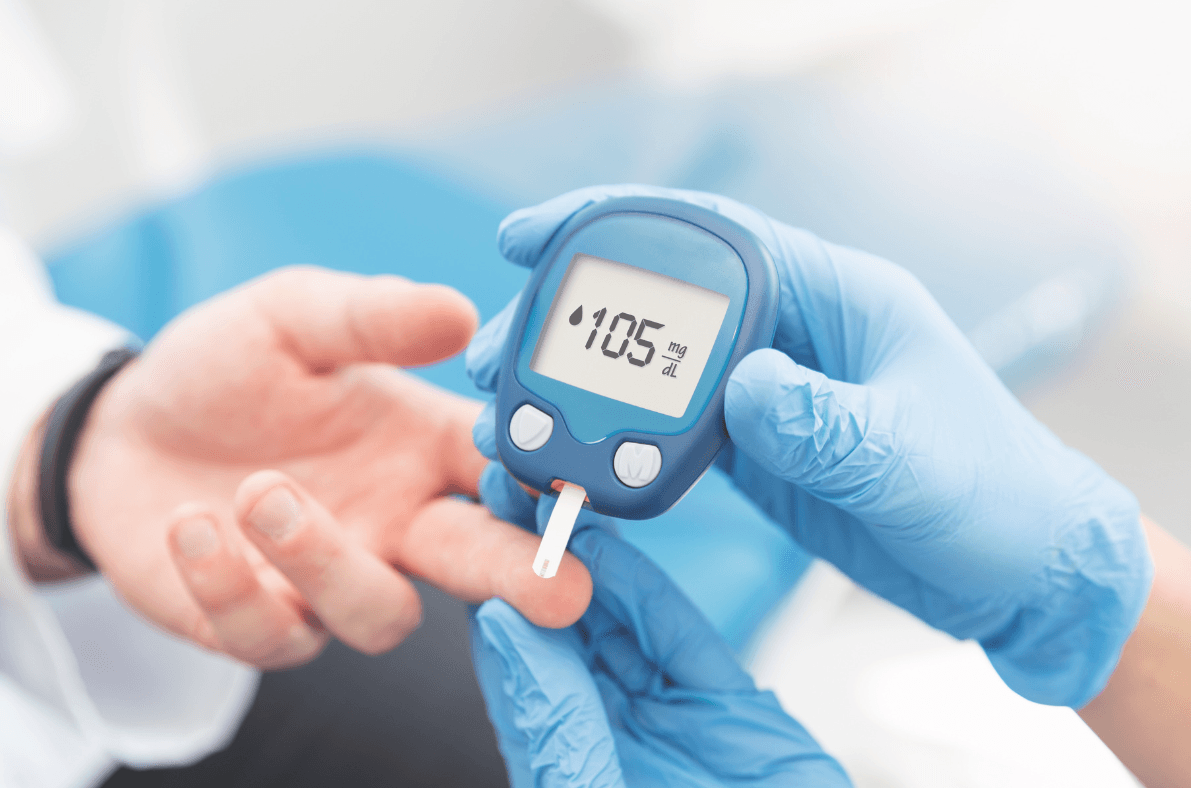Lots of people with coronavirus (COVID-19) have experienced mild, or even zero symptoms, but can still spread the virus. With regular self-testing now available, we can slow the spread and help protect the most vulnerable in our communities. With this in mind, a crucial step towards doing this has proved to be carrying out home testing as and when it is required.
In this blog, we will guide you through what you need to know before taking an at-home test for
Coronavirus and what steps you need to take to do the test. As well as this, we offer advice on how to register for a home testing kit yourself.
We also list some of the key symptoms of COVID-19 to help you better understand whether you may need to take a test or not, and consider some of the reasons why you might benefit from a home test.
Ordering a PCR Test
If you have any of the following coronavirus symptoms, whether they are mild, use this service to get a polymerase chain reaction (PCR) test as soon as feasibly possible:
● A high temperature
● A new, continuous cough
● You’ve lost your sense of smell or taste or it’s changed
● You can order a PCR test kit to be sent to your home or book an appointment at a walk-in or drive-through test site.
If you have any of these symptoms, you and everyone you live with need to immediately self-isolate. Do not leave home until you get your test results, except to post a test kit or for a PCR test appointment.
Getting a PCR test if you have no symptoms
You might not necessarily have any of the above symptoms, however, you can still justify using one if any of the following apply to you:
● you’ve been in contact with someone who’s tested positive
● you’ve been asked to get a test by a local council or someone from NHS Test and Trace
● a GP or other health professional has asked you to get a test
● you’re taking part in a government pilot project
● you’ve been asked to get a test to confirm a positive result
● you’ve received an unclear result and were told to get a second test
● you need to get a test for someone you live with who has symptoms
● you’re in the National Tactical Response Group.
You can order a PCR test via the gov.uk website by carrying out a short questionnaire.
Taking an at home test
PCR tests are by and large intended for people with symptoms of coronavirus. The swab is then sent to a lab in order to get the required results. There is a different process for a PCR test as opposed to a lateral flow test.
If you don’t actually possess any symptoms of COVID-19 but have any reason to believe you may have come into contact with someone with COVID-19 or otherwise, you can order a rapid lateral flow test and follow the instructions to do so at home. There are separate instructions for this set out on the NHS official website.
Coronavirus testing instructions - PCR Test
For reassurance, you will be given detailed instructions with your test kit. If you're doing the test at a test site and need support, a trained helper can guide you through the overall process.
These are the main steps for doing a PCR test:
● Wash your hands with soap or use some hand sanitiser.
● Layout all the items in the test kit on a clean and sanitized surface.
● Blow your nose and wash your hands again.
● Open your mouth wide and rub the swab over your tonsils.
● Avoid the end of the swab touching your teeth, tongue and gums.
● Put the same swab inside your nose (about 2.5cm up or until you feel resistance).
● Put the swab facing down into the tube and screw the lid tightly.
● Put the tube in the bag provided.
● Taking a sample may be uncomfortable and make you gag, but it should not hurt.
Doing a PCR test on someone else
If you're doing a PCR test on someone else, it might help to:
● Talk them through the steps.
● Stay calm.
● Get another person to help you.
● Use a torch to see their tonsils (or where they would have been).
● Get them to say "ahhhhhhh" out loud to see into their mouth properly.
● Stop doing the test if the person becomes distressed.
However, you must use a separate test kit for each person you are doing a test on.
Sending the test to a lab
If you do the test at a test site, they will send the swab to the lab on your behalf. If you're posting a home test kit, you should only post it in a Royal Mail priority postbox. Do not send it to a Post Office or post it in a non-priority postbox.
Coronavirus Testing - ordering or booking a test by phone
If you have problems or cannot use the online service, call 119. Lines are open from 7 am to 11 pm.
Symptoms of COVID-19
The main symptoms of coronavirus COVID-19 are:
● An increased or high temperature – this means you feel hot to touch on your chest or back
● A new, continuous cough – this means coughing a lot for more than an hour, or 3 or more coughing episodes in 24 hours
● A loss or change to your sense of smell or taste – this means you've noticed you can’t smell or taste anything. Alternatively, things smell or taste different than they normally would.
COVID-19 symptoms in children
Children can get COVID-19, but they tend to get it less often than adults and it's often less serious.
The symptoms of COVID-19 for children are:
● A high temperature
● A new, continuous cough
● A loss or change to a sense of smell or taste – this means they cannot smell or taste anything, or things smell or taste differently than normal.
NHS GP - Register with us for coronavirus testing and COVID-19 advice
If you’re concerned about COVID-19 or think you may have the disease or need advice about how to get tested, register with us today and we can provide you with a range of useful services. Our COVID-19 advice services support you if you’ve been in contact with someone who has tested positive for coronavirus. We can also offer you coronavirus home testing kits so you can be certain whether you have COVID-19 to help you determine whether your cough is anything to be worried about.
As well as all of this, we can also provide NHS coronavirus help to support you during your recovery and keep you up to date with all of the latest advice from the NHS and the government. When registering with us, you have access to four surgeries across North West London in Wembley, Alperton, Willesden and Queen’s Park. Register today for NHS coronavirus testing and much more. Contact us for more information.











